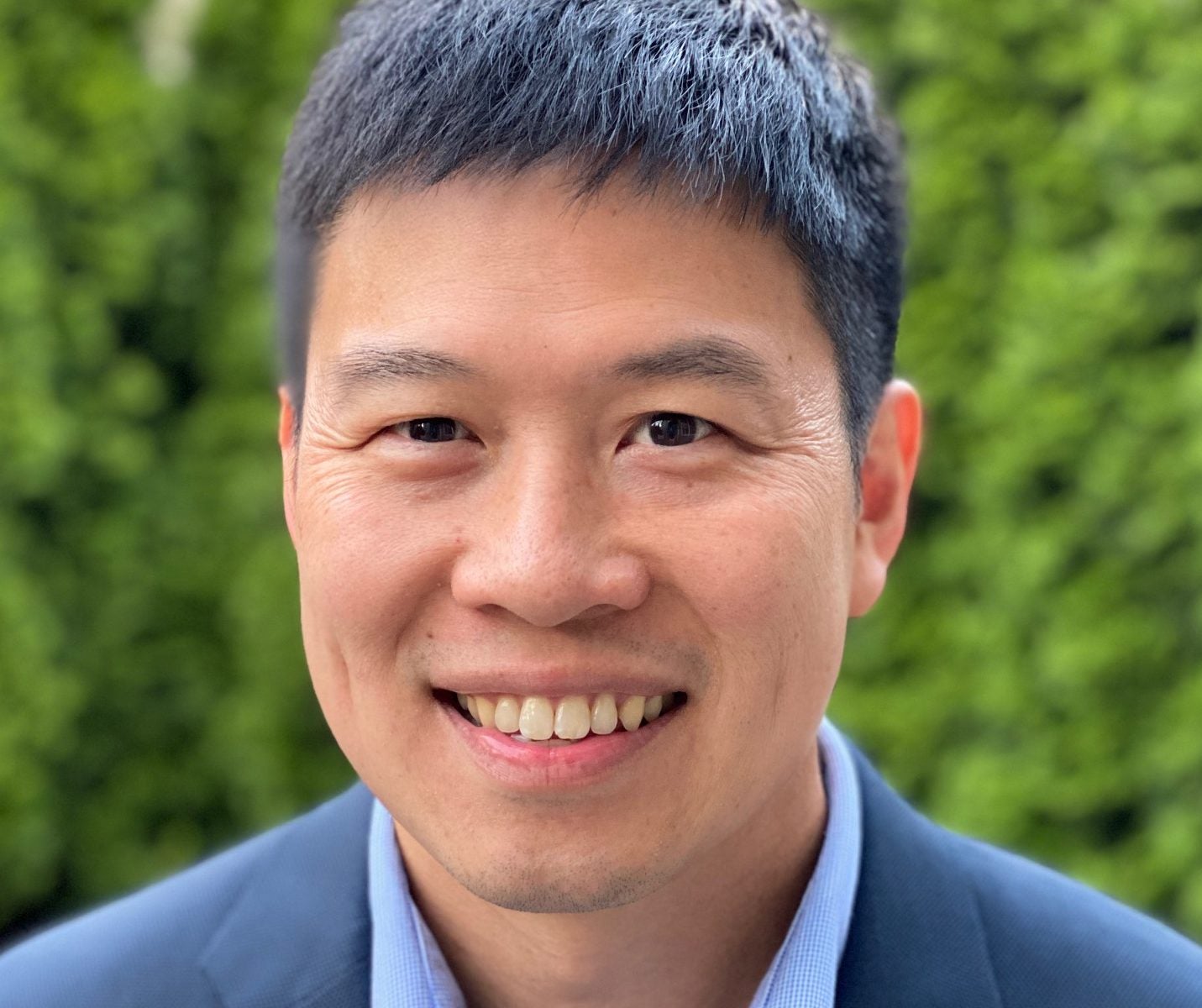3Qs with Alexander Wu, ScD, MPH ’18

Dr. Wu is currently a Senior Advisor for Epidemiology, US COVID-19 Response at Resolve to Save Lives, an initiative at Vital Strategies. Until recently assigned to the Northwest Portland Area Indian Health Board to assist tribes in Oregon, Idaho, and Washington with public health research and response, Dr. Wu’s main tasks with the CDC included evaluation of public health surveillance systems, public outreach, chronic disease research, and infectious disease outbreak response. He assisted with the measles outbreak in Washington State in 2019, deployed to Africa as a member of CDC’s polio eradication team, and helped states and tribes with their COVID-19 outbreak response as part of CDC’s COVID-19 incident management tribal support unit task force. (Note: Due to confidentiality concerns, the names of the specific tribes have not been included here.)
Q1: As an EIS field officer, how did you work with Pacific Northwest tribes to prepare for and prevent COVID-19 outbreaks?
The main mission was to assist counties, tribes, states, and local jurisdictions with disease investigations and anything related to public health. I went out to assist a tribe in Washington with a number of things related to the response to COVID-19 on their reservation and to be a technical advisor and a public health consultant for tribal health. I helped organize their incident command branch and trained their staff to do contact tracing. I also helped them develop public health worker protection guidance should they have to visit a probable or confirmed COVID-19 patient at home. About a week after I completed my work with the tribe, the spike in cases occurred, and they were prepared.
Q2: How are tribes in the Pacific Northwest responding, and has that response differed from the rest of the country?
COVID-19 does affect different groups of people, including tribes, differently. Fortunately, the area where I was deployed had very few cases of COVID-19 and were more focused on being ready for a spike in cases. The 43 federally recognized tribes in the Pacific Northwest, from what I’ve seen, have a good relationship overall with states. Perhaps because Washington and Seattle had some of the first reported COVID-19 cases, they continue to be on the cutting edge of the response. Whether it’s through federal agencies like the Indian Health Service, CDC, FEMA, states, counties or the Northwest Portland Area Indian Health Board, tribes overall have been able to keep up with the latest information. Other areas may be looking at what the Pacific Northwest is doing and what tribes are doing to see how that could fit into their own response.
Q3: How do existing health disparities affect public health efforts like pandemic response among Native tribes?
The value of having strong public health systems is something that I’ve definitely learned, having seen firsthand how well they protect public health and save lives. And I’ve also seen the flip side of that and the challenges that can come from it. We’re probably not talking enough about the most vulnerable. There are places in the U.S., unfortunately, where people live without running water or electricity or sanitation systems. Globally, indigenous people suffer from higher rates of chronic illnesses and have risk factors that are related to worse outcomes among people who get sick with COVID-19. There needs to be greater awareness for American Indian and Alaskan Native people throughout the pandemic. A recent study by CDC and tribal epidemiology centers found that the confirmed COVID-19 incidence rate among American Indian and Alaska Native people is 3.5 times that of non-Hispanic white people.

